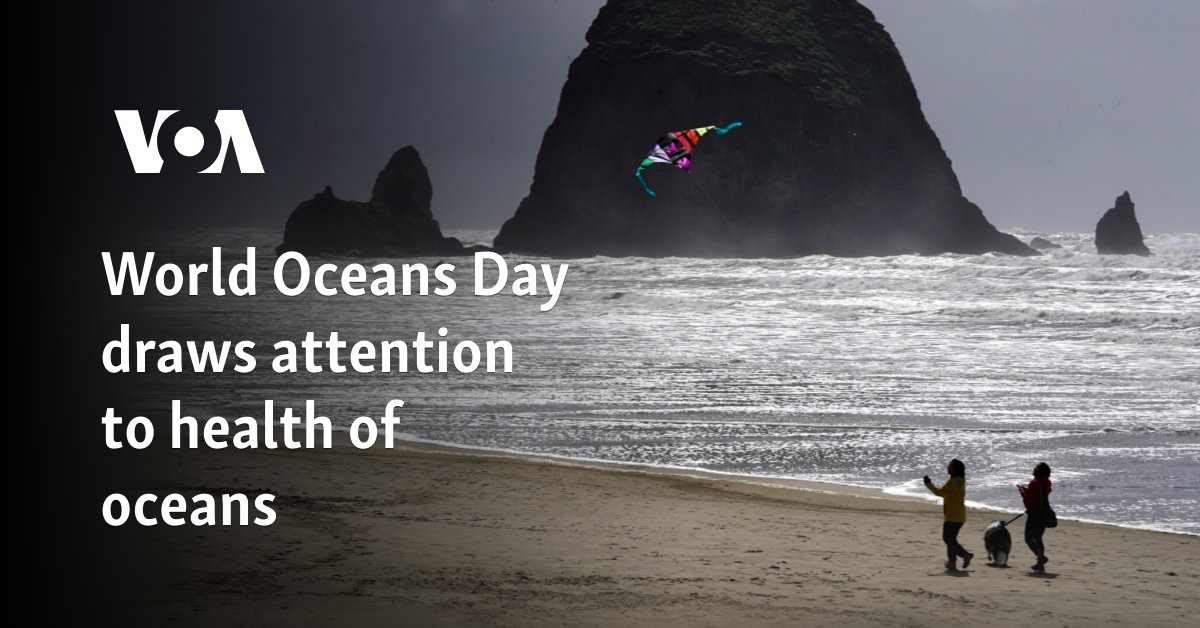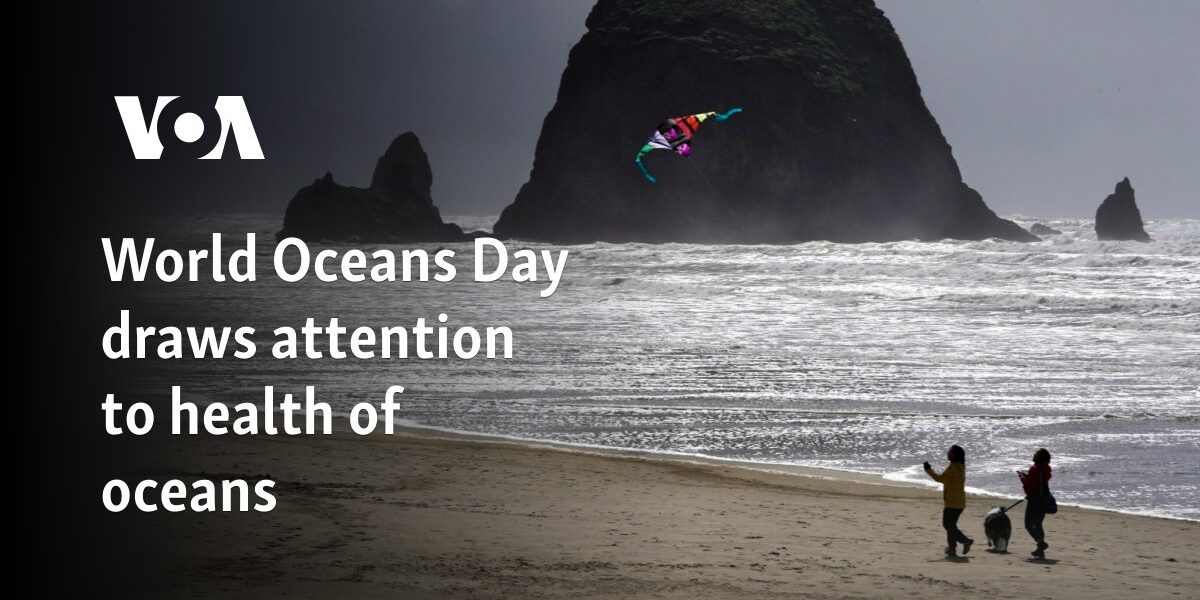
Saturday, June 8, is World Oceans Day.
Communities around the world gather on this date each year to participate in activities designed to raise awareness about what the oceans do for the Earth and what humans are doing to the oceans.
The goal of the day is to deliver information that will mobilize the public to come together for the sustainable management of the oceans.
Earth’s five oceans — Pacific, Atlantic, Indian, Arctic and Southern — cover more than 71% of the planet’s surface.
The oceans are integral to human life. They produce at least 50% of the Earth’s oxygen, host most of the Earth’s biodiversity, and are the main source of protein for over 1 billion people, according to a United Nations report.
In addition, many products are transported on ships that travel across oceans. People travel to other countries across oceans, and many people enjoy activities on and in the ocean — swimming, water skiing, deep sea diving, for example. Other people spend time on the beaches simply to enjoy the beauty of the ocean.
Oceans also provide a good deal of energy. About a quarter of oil reserves that can be recovered easily and affordably using today’s technology are found in offshore areas, according to World Ocean Review.
One of the biggest threats to the ocean is plastic. Billions of pieces of plastic are in the oceans. One stretch of ocean plastic trash is so large that it has been dubbed “the great Pacific garbage patch” and is reported to be about seven times larger than Britain.
The plastic from the oceans enters sea creatures’ food chain and eventually enters the human food chain.
Ocean conditions have led to the depletion of 90% of the big fish population, according to the U.N., while 50% of the world’s coral reefs have been destroyed.
On World Ocean Day, volunteer group and others holding activities to raise awareness about the state of the worlds oceans, with beach cleanups, discussions and film screenings.
Forty years ago in the Pacific Northwest, a group of local residents started the Haystack Rock Awareness Program to protect what can best be described as a big rock on Cannon Beach, on the Oregon coast. Haystack Rock stands 235 feet tall and is believed to be between 15 and 18 million years old.
The group recognized how unique the area was with its “incredible intertidal life,” Michelle Schwegmann of the awareness group told VOA recently. “We have seabirds that come from out in the middle of the ocean to breed and nest,” including puffins, common myrrh and cormorants. “Everybody comes here to raise their young.”
The area also has thriving rock intertidal life with various sea creatures on different levels, including sea stars, mussels and barnacles.
“The best way to get people to care,” Schwegmann said, “is to teach them something, to give them some information, to make it relatable to them, so that they care.”
VOA’s Natasha Mozgovaya contributed to this report.
Source: voanews.com




